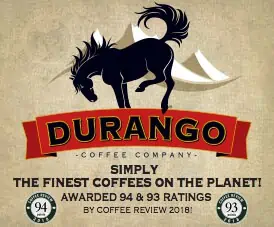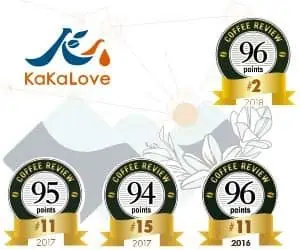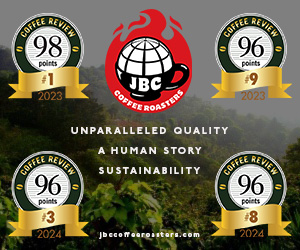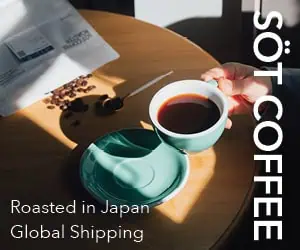“Organics,” as insiders call them, are coffees certified by international agencies as grown, transported, stored and roasted without contact with pesticides, herbicides, fungicides, artificial fertilizers or other purported multisyllabic villains. They offer aficionados an impeccable way of both looking after their own health as well as the health of the planet and its people. Not only are organically grown coffees safer for workers and the natural world than most conventionally grown coffees, but many, if not most, organics are produced by cooperatives of peasant farmers whose livelihood is considerably enhanced by the small premium consumers pay for organically certified beans.
However, organically grown coffees have been controversial among coffee professionals from their first appearance in the 1980s. Many dealers and roasters felt that they were being manipulated by the organic idea into paying more money for coffees of inferior quality. The heartwarming fact that most organics are produced by subsistence farmers also means that the crucial procedures involved in removing the fruit from the beans and drying them may be performed under compromised conditions with makeshift equipment. The depressing result often was organic coffees with shadow flavor defects and weaknesses.
How Improved Are Organics?
How much progress has the organic coffee community made in improving quality? Can coffee lovers buy coffees as distinctive in the cup as they are impeccable in their impact on the health of consumer, grower and environment?
Apparently, they can. I cupped approximately twenty organically grown coffees and found none seriously compromised in quality and several that were exceptional in both cup quality and character.
Furthermore, over the past several years the organic movement also has succeeded in adding to the initially short list of organic origins available to the aficionado. Certified organic coffees are now available from the Pacific island nations of East Timor and Papua New Guinea, from the Indonesian island of Sumatra, and from a large and growing number of Latin American countries and regions. If we add to these coffees those that are de facto organic, in other words, those that are grown without chemicals but not certified as such — the coffees of Yemen and Ethiopia, for example — the list of origins available to the chemical-shy buyer becomes fairly inclusive.
Ten of the Best
I chose ten of the best and most interesting of the organically grown coffee we sourced for this cupping, including one Mexico, two Guatemalas, one Bolivia, one Peru, one Sumatra, two East Timors, one Papua New Guinea, and one dark-roasted blend. Of the ten samples, only the Papua New Guinea and one of the two Guatemalas showed any sign whatsoever of processing defect. Both displayed a slight hint of sweet ferment, the taste that comes from partial fermentation of the sugars in the ripe coffee fruit during an excessively long wait between picking the fruit and processing it.
I recently visited the cooperative Guatemalan mill that produced the lovely La Voz que Clama en el Desierto coffee reviewed here, and it was clear why delays in processing might occur. I watched as farmers hauled in their ripe fruit, usually on their own backs or on the backs of burros or horses, from remote farms located on the rugged volcanic slopes above the mill and Lake Atitlan. The long, laborious trip down the mountainside obviously could allow plenty of time for a slight ferment to develop in some of the ripe, red fruit.
However, the ferment tones in both the Guatemala and the Papua New Guinea are muted and sweet, without the taste-dampening influence of molds or other microorganisms, and should hardly dull the pleasure of any palate that enjoys a naturally sweet fruit-and-chocolate-toned cup.
Timor Revelations
All of the other coffees in the cupping were completely free of taste taint. The two from East Timor (the small, war-ravaged nation that recently achieved its independence from Indonesia) were a particular revelation. Produced by subsistence farmers under a project sponsored by international aid agencies, these coffees are processed by the wet method at centrally located mills. Past samplings of the East Timors produced by this internationally supported project have revealed promising but flawed coffees, weakened by a subdued but distracting musty taste that probably derived from beans that were remoistened by rain during drying.
However, the two Timor coffees reviewed here are absolutely free of even a hint of taint. They are deeply dimensioned and elegantly complex, and represent a kind of low-toned yet gently spirited Pacific coffee that has been difficult to come by in recent years.
Certainly the four or five highest rated coffees in this month’s cupping are the equal of any analogous assortment of coffees grown by more conventional methods. The organic coffee community still may be a bit short on variety, but it appears it has more than caught up in producing coffees of quality and character.










